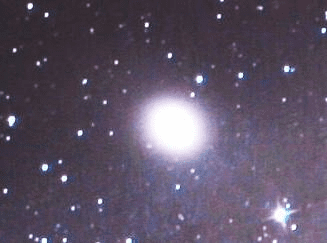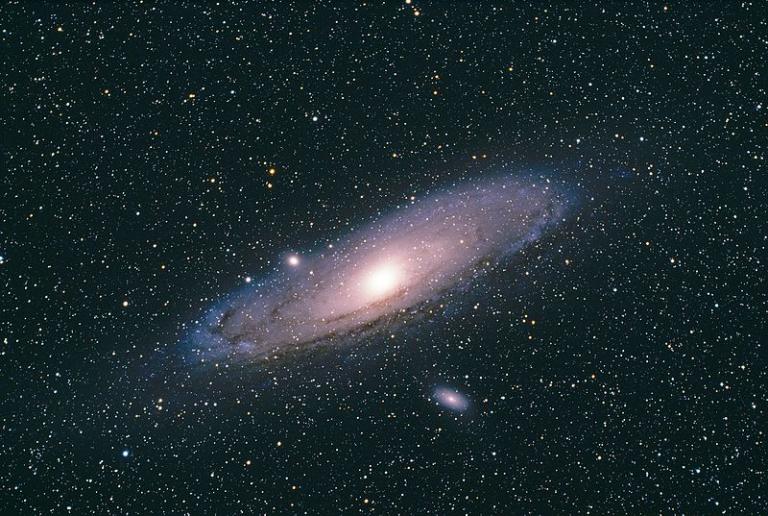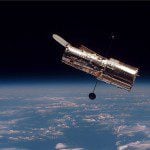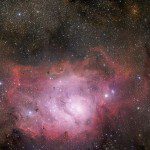
(Wikimedia Commons public domain image)
Here’s a remarkable little essay by the Dutch computer scientist and philosopher Bernardo Kastrup that merits some serious pondering:
And here’s another provocative essay by Manuel Berdoy, of the Division of Medical Sciences at the University of Oxford in the United Kingdom:
“Have Humans Evolved Beyond Nature?”
This brief article provides a very interesting opportunity for introspection:
“Neurodiversity and Inner Voice”
“When you think all to yourself (not engaging with others) do you hear an inner voice, do you conjure images, or do you just have abstract feelings?”
I’m afraid that I have disappointing news for some of my harsher critics: Despite the initial excitement that they may understandably have felt, there is still no evidence that the inhabitants of their home planet are trying to contact them:
Happily, though, there may now be a scientific explanation for some recent political news. Perhaps this will prove the first step toward an effective vaccine:
“Roving band of herpes-ridden monkeys now roaming northeast Florida”
***

I close with a passage that I’ve extracted for my notes and for future use from Richard Panek, The 4% Universe: Dark Matter, Dark Energy, and the Race to Discover the Rest of Reality (Boston and New York: Mariner Books, 2011):
“Within a galaxy, everything moves,” [the prominent American astronomer Vera] Rubin [1928-2016] would write. “In the universe, all galaxies are in motion.” Every two minutes “the earth has moved 2500 miles as it orbits the sun; the sun has moved 20,000 miles as it orbits the distant center of our galaxy. In a 70-year lifespan, the sun moves 300,000,000,000 miles. Yet, this vast path is only a tiny arc of a single orbit: it takes 200,000,000 years for the sun to orbit once about the galaxy.”
Yet such is the scale of the universe that astronomers don’t see galaxies actually rotating. If observers in Andromeda were studying our galaxy — a scenario that Rubin enjoyed imagining — they would see an apparently motionless spiral. So do we when we look at Andromeda. (36)
Sometimes, I think, it’s just spiritually salutary — certainly humbling — to contemplate the sheer immensity of it all.












